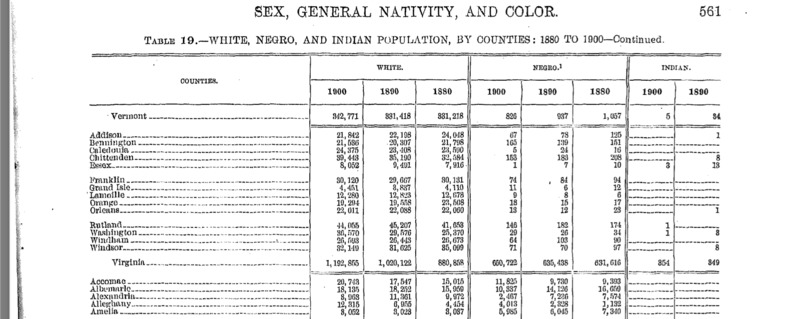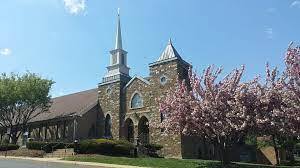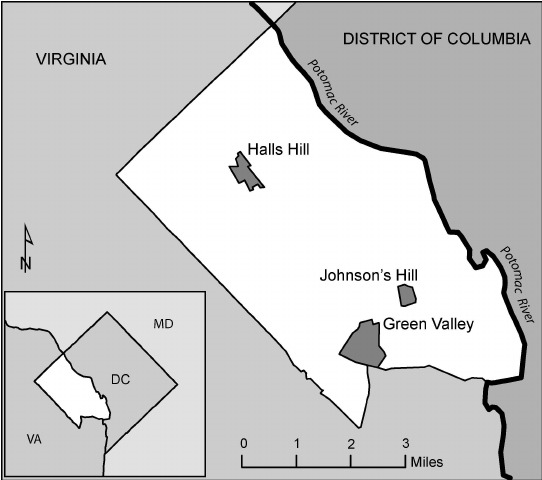Freedman's Village: Where Are They Now?
After the final residents left, Freedman's Village was shut down and all traces of civilization were wiped off. The property was now dedicated to Arlington National Cemetery and some expeimental farm land controled by the Department of Agriculture. No longer being welcome on the Arlington estate, the villagers now needed to find a new home. Thankfully it wasn't going to be a search from scratch. After the Civil War many African Americans began to form their own communities outside of Freedman's Village. Throughout Arlington County many black neighborhoods sprouted up including Green Valley, Halls Hill, and Johnson's Hill among others.
Even though they settled into a new home many found the transition very diffucult. Most villagers worked in agriculture at Freedman's Village and had only known subsistence farming their entire lives. With these new newer neighborhoods being closer to the rising industrial areas of Arlington it made the soil less ideal for farming. They did not let that stop them from trying to recreate the feelings of independence that Freedman's Village brought them however. Many of the houses built in these black communities were reminicent of the ones constructed on the village and the congregation that was started on the plantation still worships today in Queen City.
Over the years as the population of white people in Arlington balooned the amount of black people began to stagnate or even decrease in some areas. The amount of black neighborhoods began to decrease and they were once again relogated to a few small areas. This segregation is still around to this day and most people are unaware of the complicated history of how it came to be.
By Ryan Keith


